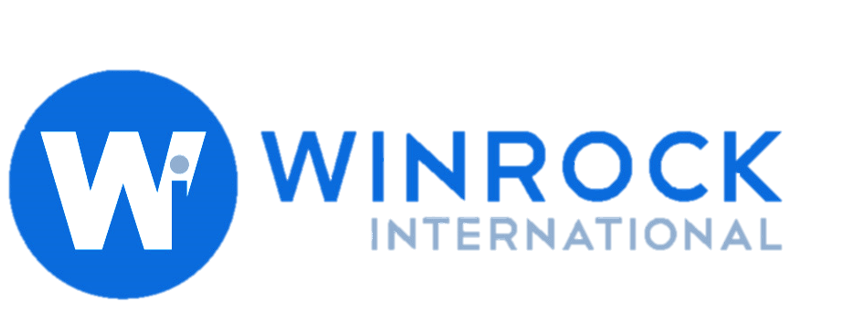The indicator can also be adapted for qualitative monitoring and reporting on small numbers of business entities (e.g. 2 or 3). In this case, instead of counting the number of business entities, CSOs may simply use engagement records to describe for each business entity how the business entity has engaged with the CSO on risk assessment activities and for which tiers.
Definitions
Target business entities: The term “business entity” is used in a general sense to denote legally recognized organizations formed for the purpose of engaging in economic transactions, provide goods or services, and generate profits, engaged by the project or program. This may range from small businesses, for example a local restaurant chain that employs less than 50 people, to a multinational company with thousands of employees.
Supply chain tiers: these are groups of supplier business entities that share the same level in the production chain leading to production of the final product that is sold to customers. For example, Tier 3 suppliers provide products to Tier 2 suppliers who process them in some way, then provide the products to Tier 1 suppliers who sell goods directly to customers. Some business entities may take control of multiple stages of the supply chain, from harvesting raw materials all the way through to selling the finished product to customers. This is known as a vertically integrated business entity, consisting of internal supply tiers.
Assessing the presence or risk of TIP: This refers to a structured procedure for identifying presence or risk of TIP in business entities’ business activities according to clearly defied criteria.


